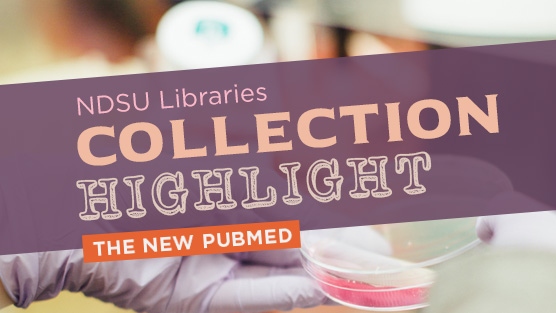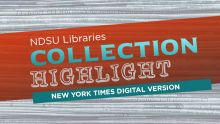January 2020
PubMed has, for decades, been a key resource for health information for clinicians, researchers, and students. Students and faculty in Pharmacy, Nursing, Allied Sciences, Public Health, Heath, Nutrition and Exercise Sciences, as well as the life sciences, can use PubMed to search over 30 million articles. Learning to use PubMed is a skill that will serve health practitioners throughout their careers. As a National Library of Medicine database, it is free to everyone, whether or not they are affiliated with a research institution.
Starting in 2020, PubMed is undergoing a revamp of its look and features. So whether you’ve used PubMed before or are new to it, here are some things to keep an eye out for in the new PubMed(link is external):
-
A new look: the new PubMed is designed to work better on mobile devices, but even on a desktop computer, it's now more aesthetically pleasing. Its results list displays not only the artcle titles and citation information, but part of the abstract as well.
-
Article records now include both a list of similar articles and a list of citing articles, allowing users to easily find and follow the research around their topics of interest.
-
Results lists are sorted by best match, rather than by most recently published, which was the previous default sort.
-
A new searching algorithm is meant to help users better find the articles they need – the first time. For example, if you search for “pediatric allergies,” the new search will automatically look for related terms such as: pediatrics, paediatric, allergy, immunology, hypersensitive, and more.
The steps to search in the new PubMed are not hugely different from searching in the old version. For tips to get the most of out PubMed, you can use the NDSU Libraries tutorial here.
For questions about other library resources and services, contact your subject librarian.





